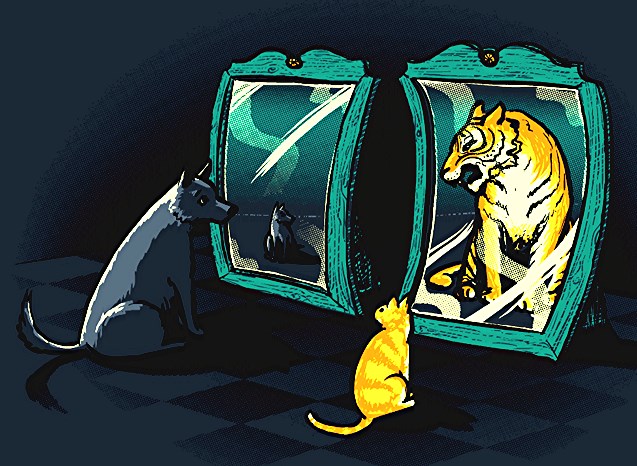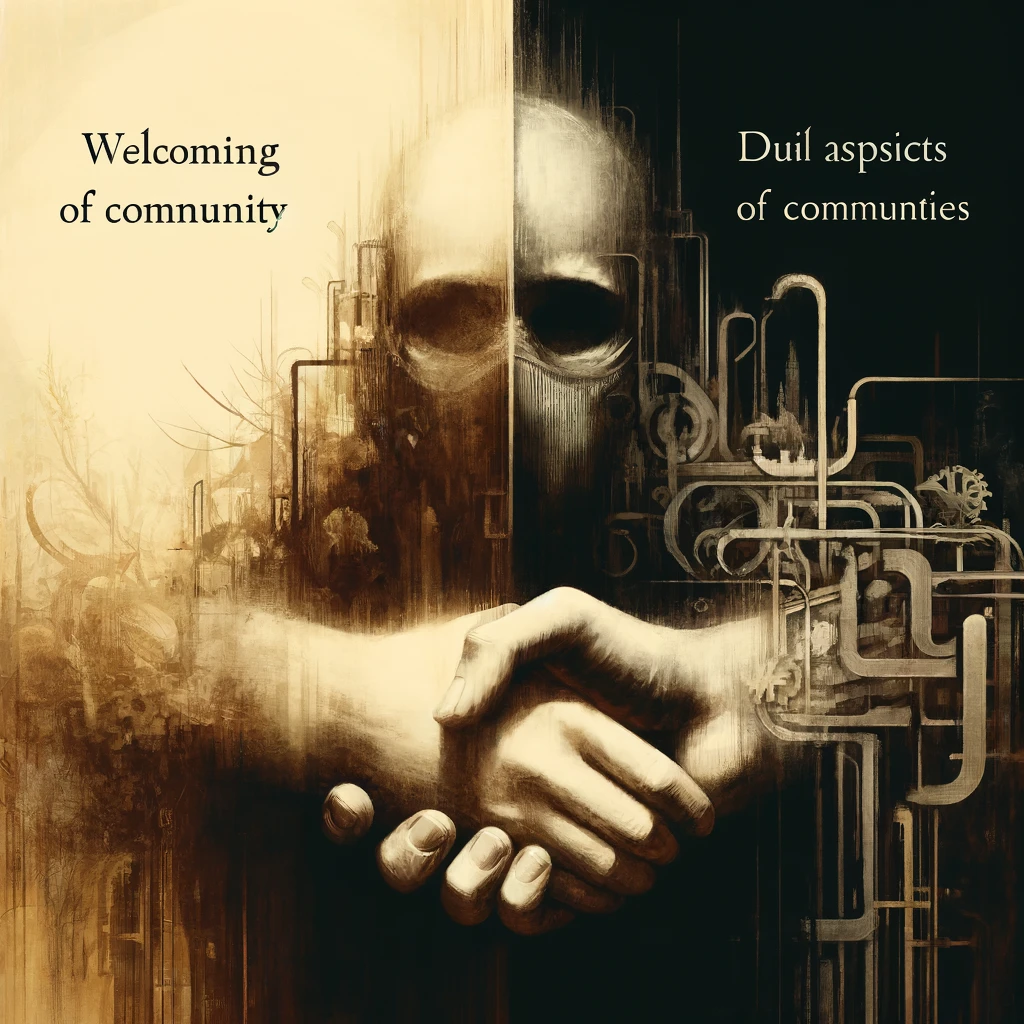Your cart is currently empty!

SELF MANAGING DELUSIONAL SYSTEMS
Delusions put the ‘crazy’ in madness. Delusions can carve out the imaginary and marry it in misleading ways with a person’s orientation. Symptoms like this complicate and distort our reality and sense of self. Fantasies can remain dormant and not escalate. Other illusions break off and form systems that typically require psychotherapy, psychotropic medication, and…
Delusions put the ‘crazy’ in madness. Delusions can carve out the imaginary and marry it in misleading ways with a person’s orientation. Symptoms like this complicate and distort our reality and sense of self. Fantasies can remain dormant and not escalate. Other illusions break off and form systems that typically require psychotherapy, psychotropic medication, and constant monitoring. Without medical attention, these systems have the potential to grow without bounds and consume the lives of the person experiencing this paralyzing symptom.
When someone is experiencing delusional symptoms, it means their ideas and beliefs about their world are more than just unusual. In no uncertain terms, ‘reality’ or a person’s distance to a safe, navigable, and familiar understanding of the world is internally in-congruent with the external world. The incongruence is not just confusing, but it can seem threatening and make a person feel unsafe.
Most mental health disorders featuring psychosis and related symptoms find themselves experiencing delusions. Delusional systems are either fixed or solvent. The systems agency marks a person’s capacity to filter out the fantasy before it disrupts their lives.
No matter how a person’s recovery progresses, so does their relationship with their external world. The difference between ‘normal’ shifts in perception and delusion is the persistence, conspiracy thinking, and distress caused to the delusional person. Clinicians targeting delusional systems troubling their patients need to rebuild and authenticate their patients’ altered thinking. Treating this type of disordered thinking is no simple feat for clinicians. After all, as time elapses, people experiencing delusions may already be wrapped up in their patient’s delusions.
Birth of the Delusional System: Fixed & Solvent
When a delusional system is born, it isn’t yet complex. By complex, I mean how interconnected or enmeshed ideas are from their original healthy status. When first developed, systems can be simple and seemingly benign.
Newly formed, disjointed, and intermingled ideas may not seem threatening. For example, a person might be cleaning wax from their ears when a switch flips internally in the brain. Suddenly, seemingly ordinary and healthy ideas transform into confusing and disturbing beliefs. Without warning, this hypothetical person cleaning is removing wax and dealing with another host of thoughts and ideas divorced from the simple daily ADL activity.
In my own experience, when I first experienced the birth of a delusion, it was my relationship status with a friend and, ultimately, my marital status. At one moment, I knew myself as single. Over time, suddenly, I knew of myself as married with a kid on the way, depending on my friend’s womb’s health and a piece of fruit on my windowsill. I connected the status of this fruit to the health of her uterus—examples of how one distorted thought can evolve into a complex system with fixed and solvent features.
Implications for Treatment
Delusional systems form and speak to the parameters around the erosion of healthy thinking. Clinicians treat the person with altered realities. Since delusional systems develop over time and are realized suddenly by the person experiencing the change in their external world, Clinicians treating this symptom must identify where and when the “break” or shift occurred and what that meant for the person experiencing the change in their realities.
For example, suppose a person thinks a microchip was implanted in their brain. In that case, the clinician must identify when the break occurred for the person initially and what it means for experiencing the symptom. Like performing a math equation, charting the clinical picture’s distance from the shift in reality in terms of each aspect of their mental status (e.g., time, place, judgment, insight. The first step in unwinding the content of the delusional system and breaking fixed thought structures is slowing down the creation of new delusional content. Then, like an engine, it begins to reverse the mind’s cognition so toxic and maladjusted patterns get unhinged.
Most people with schizophrenia or those diagnosed with psychotic symptoms are at risk of being susceptible to delusions.
Connectivity to existing mental health treatment is at risk. Connecting patients with these symptoms allows space for their denial, uncertainty, erratic behavior, and compromised safety to disrupt and limit delusional systems that will begin to form and fix around specific reference ideas essential to the person symptomatic. Home-based care is critical for someone with these symptoms. Most likely, the delusional person is already too disordered to make it into a clinic for treatment. Without a connection to any services will probably mean hospitalization for the individual experiencing these extreme symptoms.
Delusions can be disruptive. They have the potential to frighten us and are so compelling that they tell us to harm ourselves or others.
Delusions can be disturbing projections of the subconscious. I was isolated from peers, paranoid, fearful, and without support from friends and other students in the college. Partly due to the nature of the delusional system at work, which, when verbalized to others, made them angry, they, my friends, chose to alienate me instead of confronting the real issue at the time to connect me to mental health treatment. Indeed, only two friends of a dozen visited me during my journey with my disorder during the healing phase.
Alienation and mental illness
My experience was unchecked and negligently supervised. I lived in a room isolated and living out my fantasies. Even a close friend and mentor on-site in my home enabled my delusions and allowed the system to grow and take root in my mind. Despite the growth and disruption to my thinking, I was able to continue living in the community despite my dwindling mental status and ability to care for myself. When my friends finally kicked me out of our home when my behavior became threatening, this person that enabled me found me a new one, far away and less likely to be visible to those that might have looked into my well-being.
People with mental illness get victimized when they are vulnerable. People will do just about anything to ignore or quiet a person labeled a problem when they need help. People will steal, harm, and bully those with a mental illness out of ignorance, misunderstanding, or misdiagnosis. In our society, getting one way means over asserting ourselves on someone less able. Ultimately, a friend will hold space for you in a manner that allies with your recovery and furthers your chances of ultimate survival in the world when you need help.





Leave a Reply